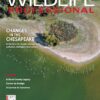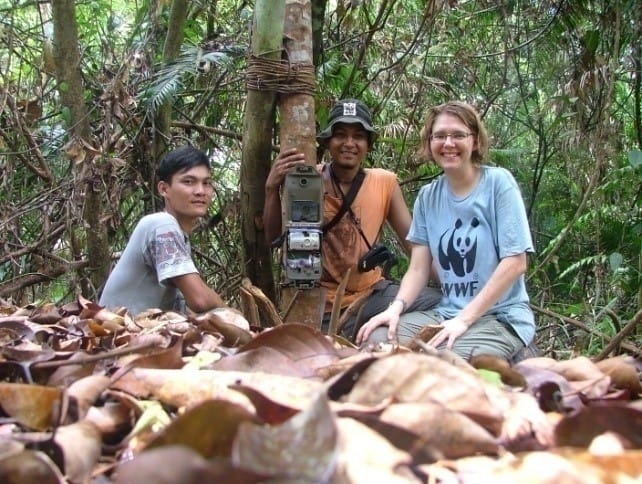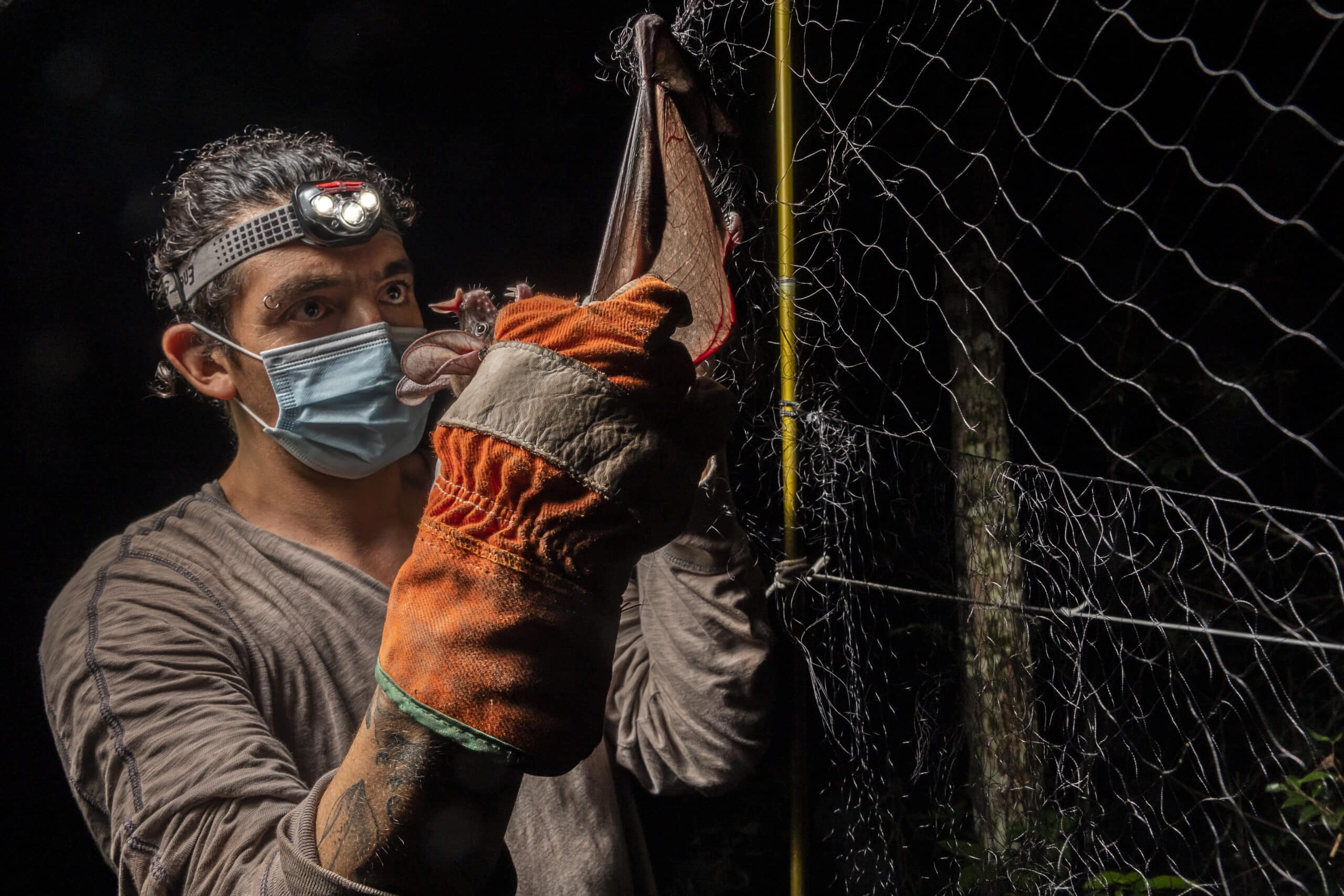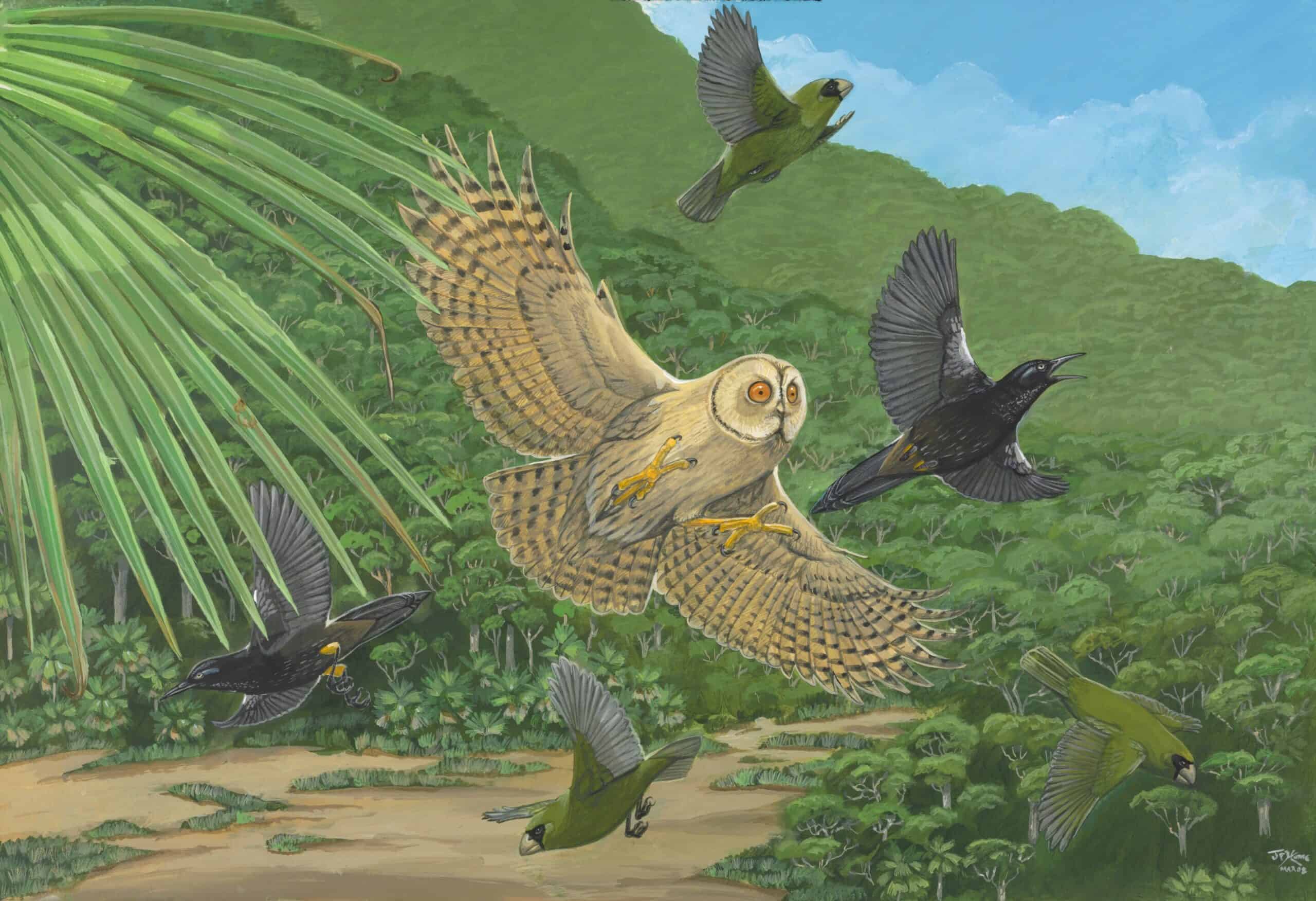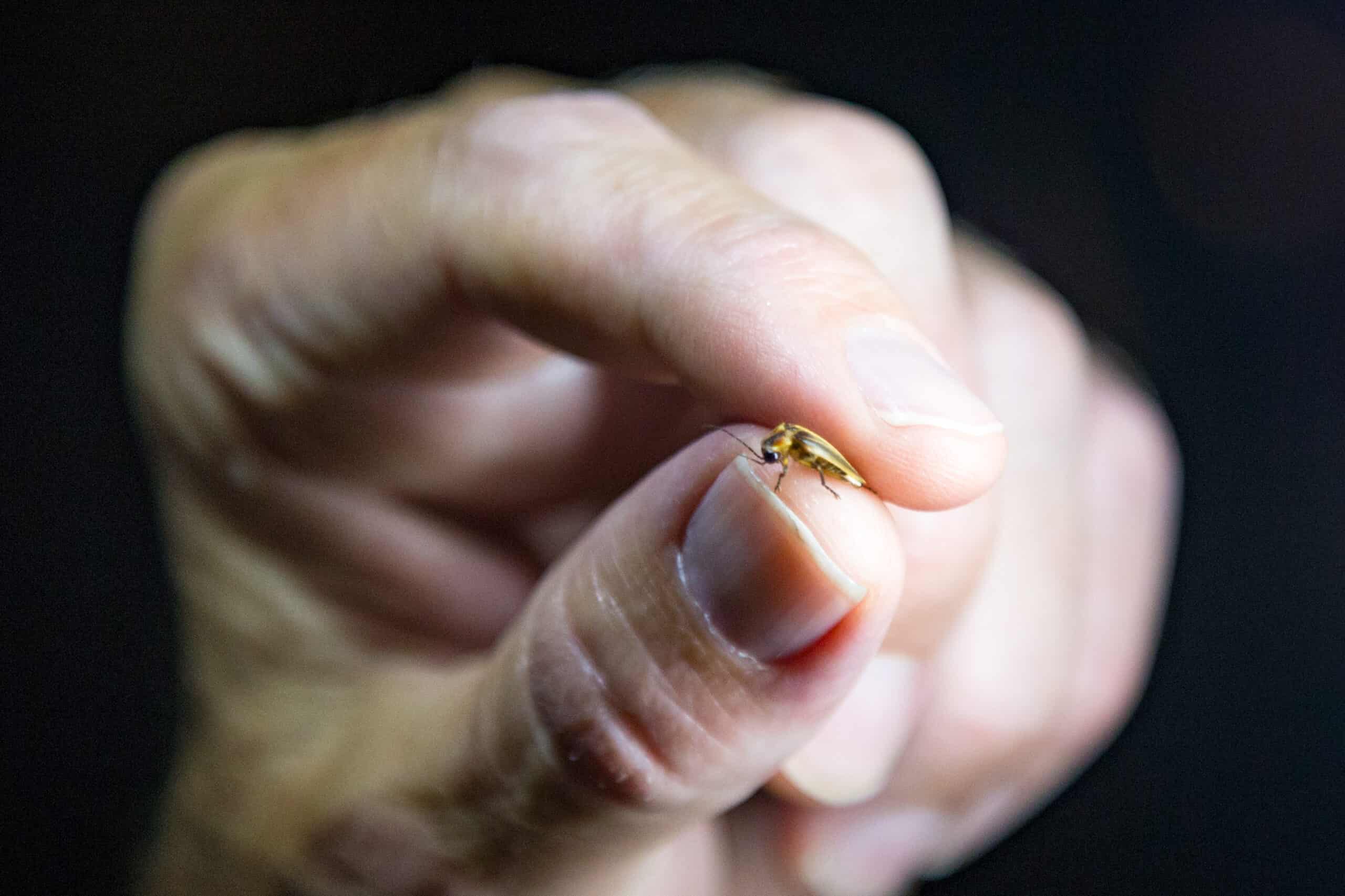Share this article
Wildlife Featured in this article
- Sumatran tiger
Wildlife Vocalizations: Shannon Barber-Meyer
A research wildlife biologist recalls her tiger monitoring work in Sumatra
Selamat datang means welcome to the jungle—Indonesian style!
In 2008, I visited the island of Sumatra to learn about tiger monitoring and threats to the big cats’ survival. Here follow a few field notes from my trip:
Hidden in the thick, thorny, humid jungle of Tesso Nilo National Park, I see the promising trail of tiny pugmarks left from the Sumatran tiger (Panthera tigris sumatrae) in the mud—much smaller than what I’ve seen in Nepal or India. We erect our thin black plastic tarp-over-a-log shelter for the night. Come morning, we discover a tiger has passed by, captured on the nearby trail camera—possibly, the animal we heard sniffing loudly by our camp last night!
Next, we head to Kerumutan Wildlife Reserve. It isn’t clear if tigers use this peat swamp habitat year-round given the inundation during the rainy season, although tigers are great swimmers. Here they would mainly just prey on pigs and macaques. We rent a small wooden boat accompanied by a driver. We boat upriver to the driver’s small, floating fish hut with just enough room for our team to climb in for lunch. While eating, a breeze picks up, followed by frantic shouts in Bahasa. Another shack, not 15 feet away, partially collapses as a water twister spirits it away. The fisherman says he has never seen anything like it.
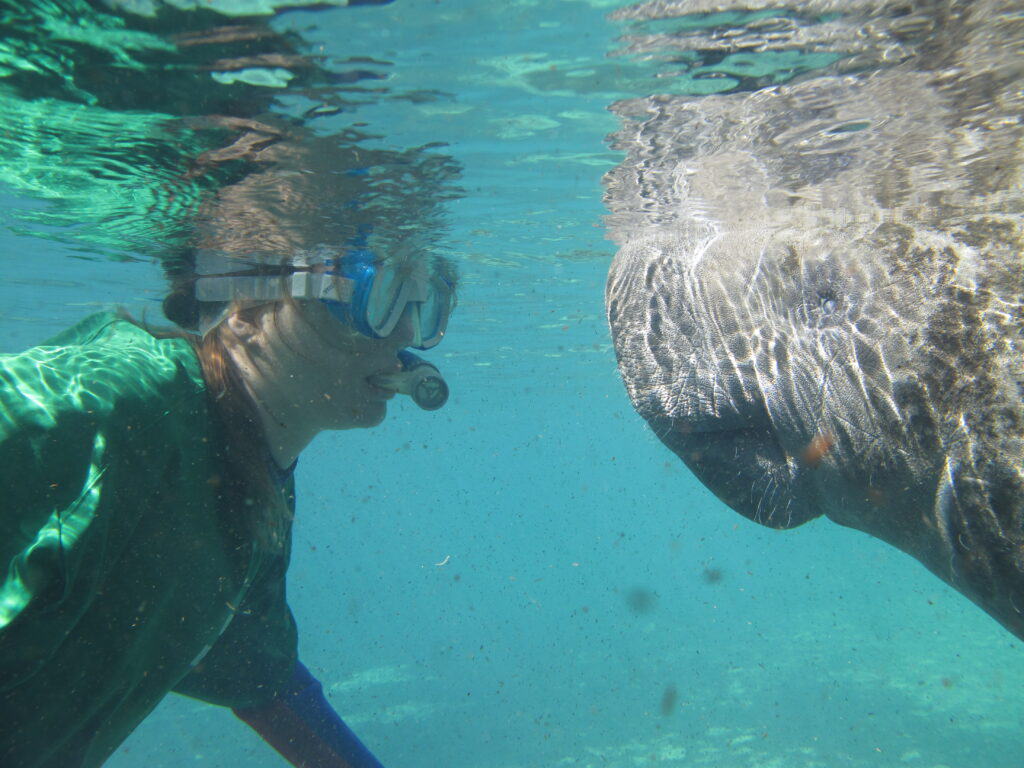
We navigate through narrow waterways in the swampy maze. An elderly woman peacefully squats on the ledge of her shack, selling fish. The team buys some tiny black fish drying on wood and a few bigger fish swimming in her nets—a floating grocery store. Later, we dock at another floating hut to sleep for the night. We’re told that if the owners come back, it will be fine—everyone will just scooch over to make space. Amazing hospitality!
Lastly, we visit the rolling hills of Bukit Rimbang Baling Reserve. While driving, the team becomes confused because the roads look so different after recent forest clearings. We visit a lovely river near an old mining area. The mining company was shut down because of illegal practices, but the company’s name was simply changed and operations moved elsewhere. This is exceptionally frustrating for those trying to halt the destruction of this precious landscape.
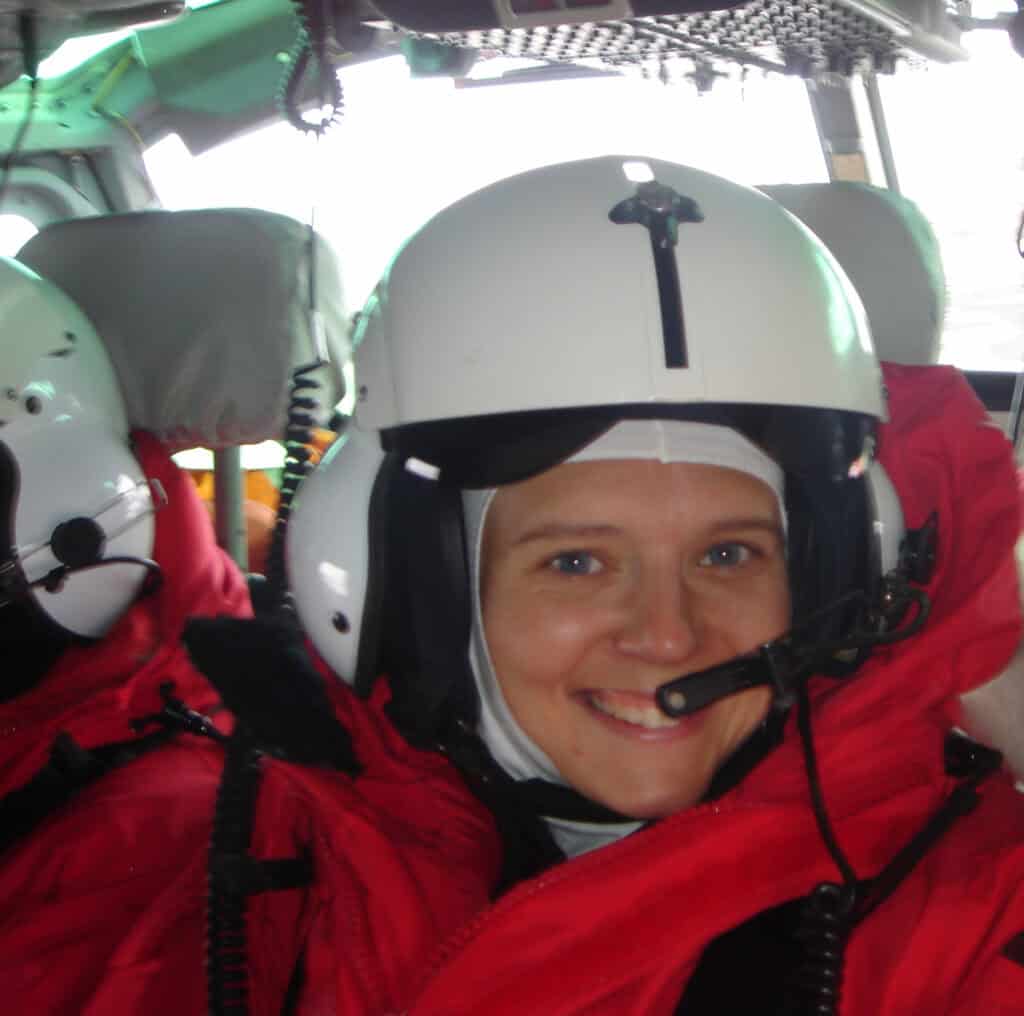
It is encouraging to see firsthand that tigers can be so adaptive, living in such varied habitats. Yet encroachment seems pervasive—we watch oil drills pumping throughout the landscape and hear a large boom from mining in the distance. We smell a terrible odor from the rubber factories; witness smoke billowing up from forest clearings; and we pass new clear cuts outlined with oil palm plants waiting to cover the scar. Poaching continues to be a problem as well. It is all happening so shockingly fast, and it can feel overwhelmingly sad. I’m so thankful for this team and other dedicated teams and their inspiring efforts to conserve tigers in the face of such daunting challenges.
Wildlife Vocalizations is a collection of short personal perspectives from people in the field of wildlife sciences.
Learn more about Wildlife Vocalizations, and read other contributions.
Submit your story for Wildlife Vocalizations or nominate your peers and colleagues to encourage them to share their story. For questions, please contact tws@wildlife.org.
Header Image: Shannon Barber-Meyer (right), Fendy Panjaitan (left) and Zulfahmi (center) check a trail camera in Tesso Nilo in Indonesia in 2008. Credit: WWF-Indonesia / Sunarto

